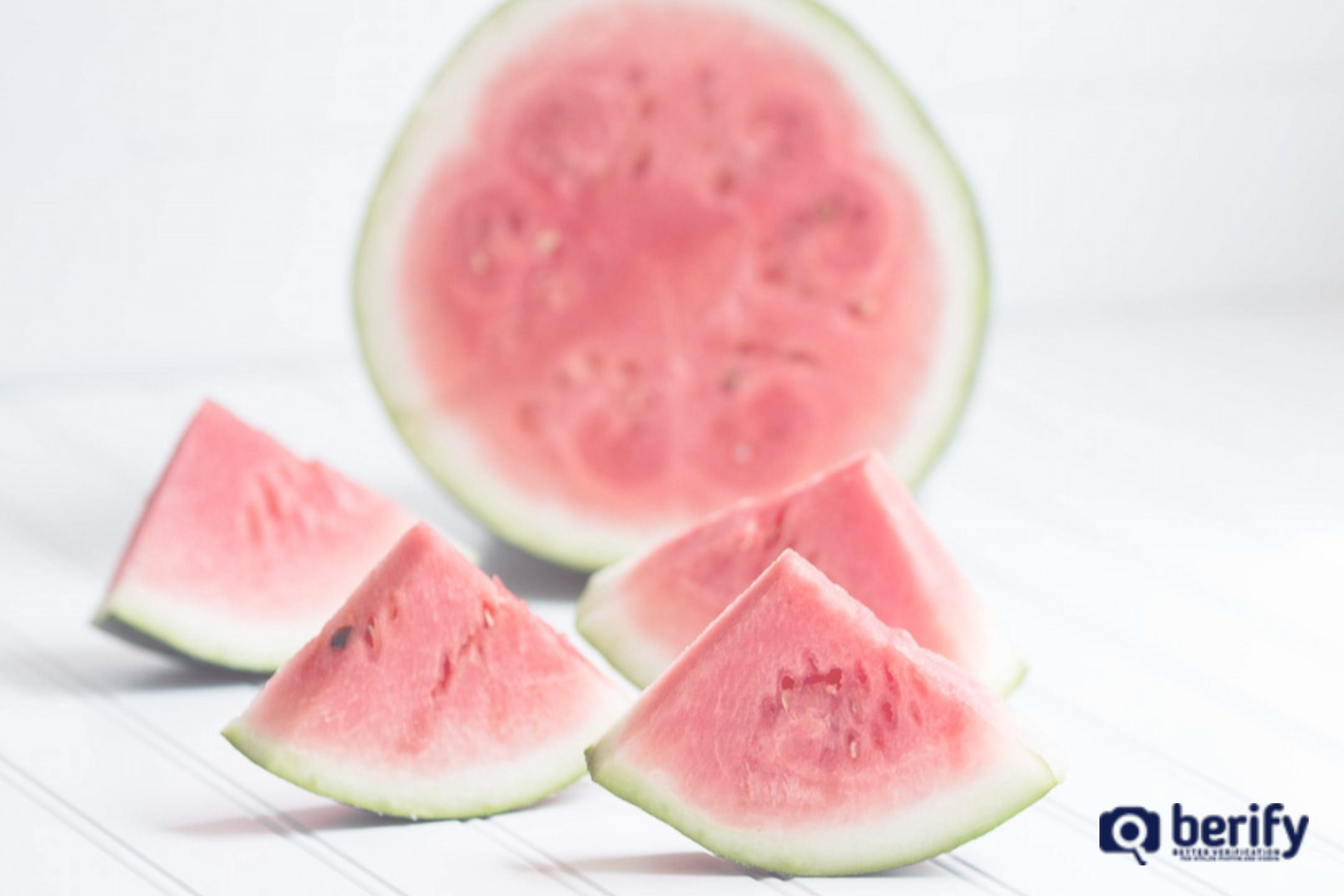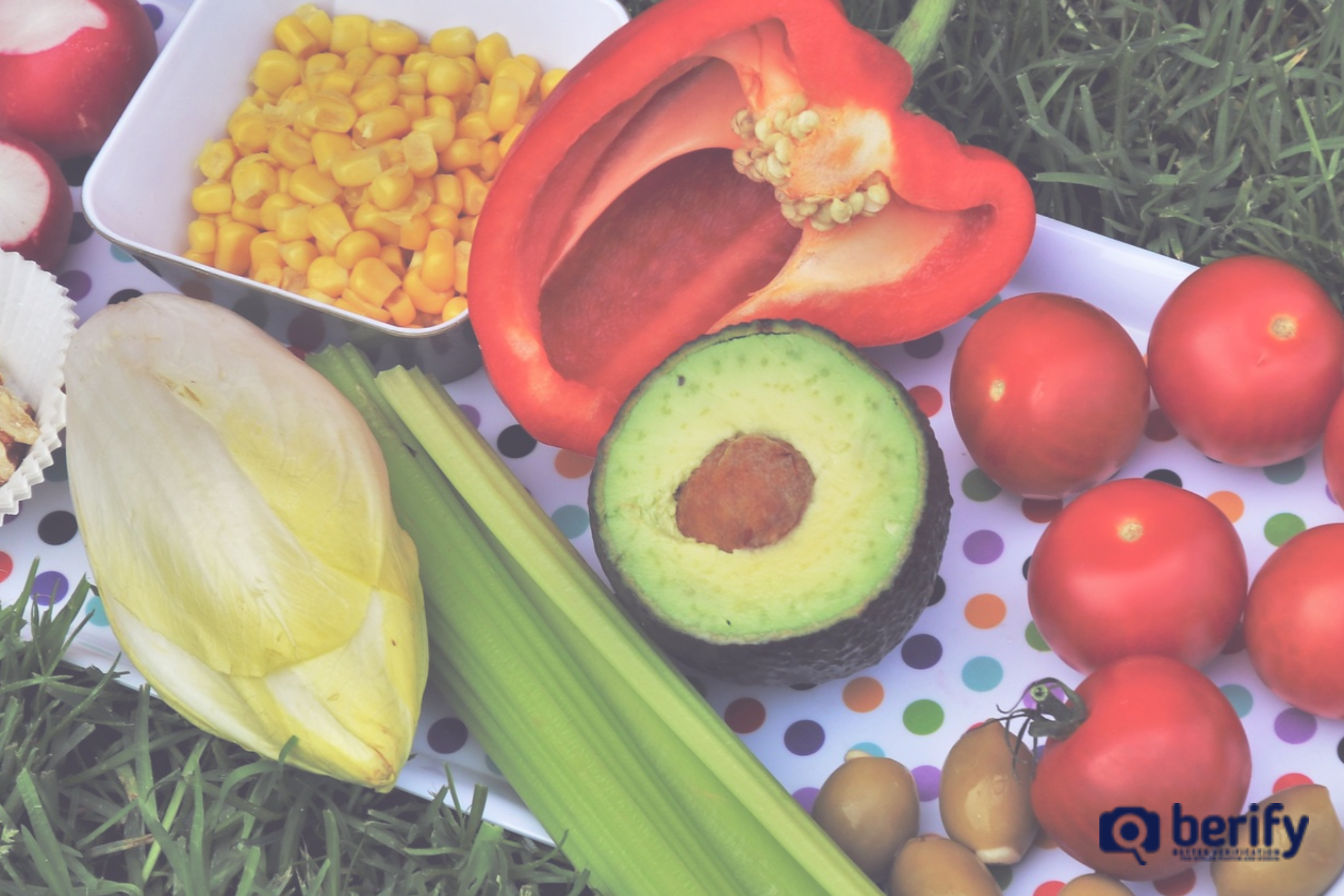10 Practical Food Photography Tips You Can Use Today
While food photography has always existed in dining magazines and advertisements, many amateur photographers, foodies, chefs, and social media influencers have found themselves taking and posting photographs of their meals, recipes, and tasty treats. Follow our food photography tips to improve your work.
Well done food photography photos often receive acclaim, hungry emoji comments, and (for more professional photographers and lucky amateurs) new business opportunities, publishing, marketing leads, or spokesperson offers. The trick of food photography is to highlight the dish’s strength, color, contrast, and leave the viewer wishing they could swipe the image into their mouth through their smartphone or take a bite of it straight from a magazine!
1. Keep It Fresh
Fresh ingredients don’t taste good; they photograph well. When picking the items you’ll use in a recipe, look for perfect vibrant colors, which will more often happen if using fresh ingredients. If you’re photographing your ‘eats’ at a restaurant, dining establishment, or for a client, it goes without saying that fresh food will also lead to a winning photo!
2. Food Photography Lighting
There are times when photographing inside a studio, home, or business is appropriate, but too much artificial light can ruin the delicious appeal of a photo! Let natural light flood through the windows or consider shooting outside. Both will avoid forced lighting which might make the food look waxy, etc. Even natural light may need to be ‘helped’ by a diffuser.
3. Textures
Textured food, backgrounds, and props can add wealth to a photograph and lead it to appear more decadent and delicious. Look at the picture after you take it. While the in-person dish in front of you might be something you’d want to eat, how do the textures you’ve selected add or detract from the final image?
4. Food Photography Backdrops
Neutral or monotone backgrounds are best. Let the image of the food be the real scene stealer. However, consider adding textured backgrounds (for instance, the plate of food being photographed appearing on a rustic table) and don’t be afraid of a colored background that stands out by enhancing the food itself.
5. Creativity
Food photography doesn’t need to be food on a plate every single time. Instead, succulent dishes could be showcased on a spoon, tray, held in someone’s hand, or on an edible leaf, etc. Props can help create a fresh take on a popular art form. Try something new and see if your creativity pays off.
6. Borrow
Borrow, don’t steal. If you see food photography you love, do not recreate another’s idea verbatim which might infringe on their creative copyright. Instead, look at the components you like in what you saw. What stood out most?The food items, staging, colors, or angle, etc.? Invert and change the specifics in the image you saw and discover what you can personally do to create great, stand out photographs.
7. Practice
What if you photographed everything you ate for a week, or two. Imagine trying to make a brown banana look exciting and delicious. What about a deli sandwich or reheated dinner? Consider experimenting and making it a personal challenge to practice photographing every and all food you eat over a week’s time, then see what you learn!
8. Be Patient
Your style will come over time. Maybe you’ll be great at making use of shadows, make use of lines (tip number 8.5), or find that your favorite images are of decadent cakes! Inspiration may be all around you, but your unique style will emerge through dedication and patience.
9. Color. No Color
Look at the dish you’re photographing. If it had ‘feelings’ what would they be? Is it a vibrant cherry red strawberry tart or a more serious looking blueberry pie offset by vanilla ice cream? Color can be added to enhance a photo through the food itself, a prop, a combination of both, or even the absence of color- yes, the lack of color is a choice for specific food items and one that can pay off!
10. Fresh … Again
Yes, we’ve already established with tip #1, that fresh food makes the best photography (and eating!). However, fresh can also be added in the way of props! Imagine a well-placed bunch of parsley or celery alongside the image of a raw vegetable dish containing those items. Maybe you prefer peppers or tomatoes? Try different fresh food items around a meal or even just hinted at in the blurry corner of an image.
Concerned someone is stealing your food photography and claiming it as their own or using it on their website or blog without permission? Search Berify to discover if your food photography or content is being used without permission and put a stop to it today!














